

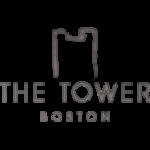
NATIONAL REGISTER OF HISTORIC PLACES | 1973 DESIGNATED AS A BOSTON LANDMARK | 1977

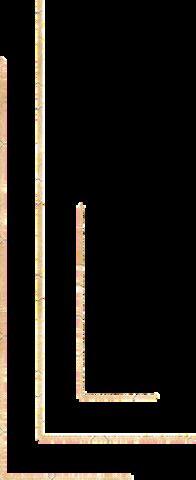




NATIONAL REGISTER OF HISTORIC PLACES | 1973 DESIGNATED AS A BOSTON LANDMARK | 1977


Colonel Thomas Franklin Edmands commissioned W.G. Preston to build the Castle as a headquarters for the cadets in 1887 during his command of the Cadets.
The mission of the Independent Cadets was to serve as the ceremonial bodyguard for the royal governors of Massachusetts
William Preston Gibbon was the architectural genius behind the building’s design A Harvard graduate who had designed 100 buildings across the U.S. most of which in New England. Only a handful of original projects are still standing including the Lincoln Public Library, the Footbridge at the Boston public Garden, the New England Museum of Natural History at 234 Berkeley st Boston which is now a gallery for RH Boston.
He designed the Mass Pioneer Charles H Pope’s house in Narragansett, RI which was called Gardencourt and has since been turned into a condominium neighborhood
He created the magnificent, yet temporary, Boston Coliseum which was a temple of peace in Copley Square in 1869
He also designed Green’s Inn - Narragansett, RI which housed one of the United State’s first phone booths. Although the Inn is no longer standing, the stone horse troughs remain.
In 1892, Spanish Architect Rafael Guastavino patented his tile arch system in the U S The iconic spiral staircases in the Tower were built using the Guastavino tile system. You may recognize his tile work from City Hall station of the New York City Subway.
Guastavino tile has both structural and aesthetic significance. The spiral staircases accompanied by triple doors to protect against mob attacks, a drawbridge, and windows with iron shutters, made the building quite unique
In 1900, Guastavino and his son set up a tile factory in an old church in Woburn, MA - which is still standing today. Though operation in the building ceased for almost 40 years, TOCCI purchased and started production again in 1998.
From September 9th-13th, 1919 the Boston police force went on strike demanding better work conditions.
During this time, the cadets volunteered to hold law & order in Boston The castle was safe from all racketeering
The First Corps Cadets also handled the entire traffic system during the strike. They trained new traffic officers in the cadet’s armory. The cadets invented the white cross walk belts, crossing spotlights and street traffic lines that we are all familiar with across the U.S.
1887
The 1st floor was mainly used as a casual gun room that lead to the theater space built into the castle for the Cadets to continue to perform plays and musicals.
The 2nd floor was used to showcase their uniforms as well as large machine guns. The cadets also threw a few extravagant dinner parties in the Parlor, serving their guests on silver plates
The 3rd floor was occupied by MA Military Historical Society
The 4th floor was a Civil War Museum with battle names decorating the mezzanine. The drill hall was used as an armory, shooting range, training facility and a ballroom.

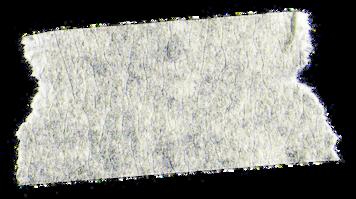





They also issued the first parking ticket on a public street in the U.S during this time. Citizens had to report to the Castle to pay the tickets.
Prior to laying the cornerstone in 1891, the cadets shared space in Faneuil Hall with four other military units In 1967 the corps moved their headquarters to 227 Commonwealth Ave, MA which is now the museum of the First Corps of Cadets
After the cadets moved out, the University of Massachusetts Boston leased the building and converted the Drill Hall into the University's first library.
Saunders Real Estate has been a part of the Boston community since 1898. In 1976 Donald and Roger Saunders took ownership of the historic armory, along with several other buildings in the area, which helped to revitalize the Park Square neighborhood in the Back Bay While they focused on making the six story hexagonal tower a more inviting event space, they transformed the single story drill hall into an ever changing exhibit space that has since welcomed more than 80,000 visitors.
John Hancock may be the most famous Commander, but you may recognize some other names displayed on the first floor mezzanine The date below the name is when they took command The First Corps of Cadets, is the Commonwealth's oldest volunteer militia unit. While it has served in several wars, the sub-unit's primary contribution to Massachusetts and to the United States was as an officer-producing institution for new regiments from the Revolutionary War through World War II
The First Corp Cadets not only volunteered to protect the city of Boston and it’s officials, but also volunteered to perform musicals in order to raise enough money to build the Castle. Steinert Hall is an underground Theater on Boylston St. where Cadets showcased their ballet and musicals.
The building was the headquarters of the cadets, as well as two other Massachusetts National Guard units until 1965

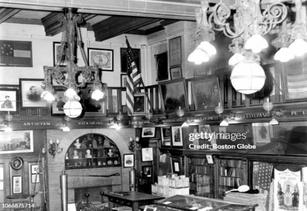
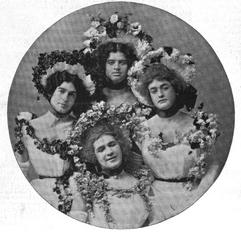
SMITH & WOLLENSKY STEAKHOUSE | 2001-2017 THE TOWER A LONGWOOD VENUE | 2019 PRESENT DAY